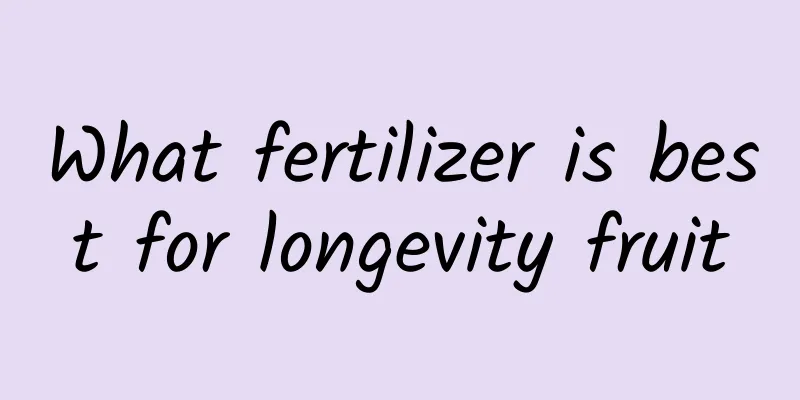Watermelon wilt disease specific medicine

|
Watermelon wilt, also known as dead seedling disease, is one of the important diseases in watermelon production. This disease is very likely to occur in continuous planting. If it is not controlled in time after the onset of the disease, it can spread throughout the field within a few days or more than ten days and even cause a total loss of production. Let’s talk about the specific medicine for watermelon wilt. 1. Specific medicine for watermelon wilt 1. 50% prochloraz manganese salt wettable powder . The dosage of active ingredient is 333-625 mg/kg, and it should be sprayed evenly for prevention and control in the early stage of the disease. 2. 25% prochloraz emulsifiable concentrate. The dosage of active ingredient is 250-333.3 mg/kg, and it should be sprayed evenly for prevention and control in the early stage of the disease. 3. 1% shinamicin suspension. Use 500-100 times the amount of active ingredient for root irrigation for prevention and control in the early stage of the disease. 4. 40% thiram-methylthiocarbamate. The dosage of active ingredient is 1000-1333 mg/kg, and root irrigation is used for prevention and control in the early stage of the disease. 5. 70% meconium soluble powder. The dosage of active ingredient is 380-500 mg/kg, and root irrigation is used for prevention and control in the early stage of the disease. 6. 30% metalaxyl and carbendazim aqueous solution. The dosage of active ingredient is 450-585 g/hectare, and root irrigation is used for prevention and control in the early stage of the disease. 7. 10% mixed amino acid copper aqueous solution. The dosage of active ingredient is 250-333.3 mg/kg, and root irrigation is used for prevention and control in the early stage of the disease. 8. 25% copper chelate aqueous solution. The dosage of active ingredient is 0.2-0.25 g/plant and root irrigation is used for prevention and control in the early stage of the disease. 9. 40% carbendazim pentanitrate wettable powder. The dosage of active ingredient is 0.25-0.33 g/plant and root irrigation is used for prevention and control in the early stage of the disease. 10. 4% pyrimidine nucleoside antibiotic aqueous solution. The dosage of active ingredient is 100 mg/kg, which can be used for root irrigation in the early stage of the disease. On the basis of good field management and other preventive measures, choose any of the above pesticides and add water to spray or irrigate the roots in time for prevention and control in the early stage of watermelon wilt disease (because there are many pesticide manufacturers, the dosage may be different, it is recommended to read the instructions carefully and use according to the recommended dosage). The water consumption per mu is 30 kg. The above pesticides should be used alternately, every 7-10 days, and for 2-3 consecutive times. 2. Techniques and methods of growing watermelon 1. Soil selection: Choose fertile, deep, organic-rich loam or sandy loam with appropriate soil pH. During water-sensitive periods, such as before and after the opening of female flowers and during the fruit expansion period, water shortage may affect the yield. 2. Planting time: Generally in spring and summer, usually around March to May or August in the northern region, and can be appropriately advanced or delayed in the southern region. 3. Seed selection: Choose seeds with a germination rate greater than 90%, intact packaging , and neat and full seeds. 4. Planting density: Determined according to soil fertility and variety, generally 800-1000 plants are planted per 667 square meters. 5. Water and fertilizer management: Apply base fertilizer, 11 kg nitrogen, 57 kg phosphorus, and 11 kg potassium per 667 square meters. Irrigation should be carried out according to different regions and growth stages. The amount of watering should be less in the early stage and more in the later stage. Under the condition of meeting nitrogen and phosphorus nutrition, the yield per 667 square meters is 3500-4000 kg, and it is appropriate to apply 205 kg potassium per 667 square meters. 6. Plant management: appropriate pruning, vine pressing and pollination, etc., and pay attention to the depth of leaf color, which can show the effect of topdressing. 7. Pest and disease control: The main pests include leaf spot disease, vine blight, blight, anthracnose, mosaic virus disease, aphids, thrips, etc. It is recommended to use appropriate pesticides for prevention and control. 8. Harvesting: When the watermelon is ripe, you can choose the appropriate harvesting time according to the characteristics of the variety and market demand. That’s it |
<<: How to water and fertilize lucky bamboo grown in soil
>>: How many lucky bamboos are best to grow in soil? How to make lucky bamboos thicker in soil?
Recommend
How to prune gardenia in spring
1. Appropriate pinching The most important thing ...
Can I water tomatoes when they are blooming?
Watering flowering tomatoes Tomatoes can be water...
How and when to plant mustard? Which month is best for planting?
Suitable planting time for mustard The planting t...
How to grow succulent plants Ruby
1. Breeding conditions 1. Soil: This plant prefer...
What is the reason for the yellow leaves of Christmas cactus and what is the remedy
1. Too much light Reason: Although it likes light...
Is white clover poisonous? Can people eat white clover?
1. Is white clover poisonous? White clover is non...
Difference Between Begonia and Begonia
Difference 1: Attributes and height Begonia: It i...
When is the best month to sow pink grass?
Pink daisy is a perennial warm-season ornamental ...
If you don’t have time to spend with your parents, buy them a pot of flowers!
1 Kalanchoe Kalanchoe means longevity, happiness ...
Do you water your peonies every day?
1. Do you water the plants every day? For it, you...
Can the fortune tree survive with only roots left? How to reroot after root rot
1. Can you survive? If only the roots of the mone...
How to grow camellia so that it blooms
1. Ensure lighting Camellia prefers sunlight, so ...
How many years can blue snowflakes be kept
1. How many years can it be raised? Blue snow flo...
How to propagate Dendrobium candidum
1. Division 1. Choose plants with vigorous growth...
How to care for spring orchids in winter
Is Chunlan afraid of cold? Chunlan is not afraid ...









